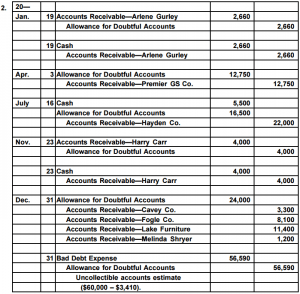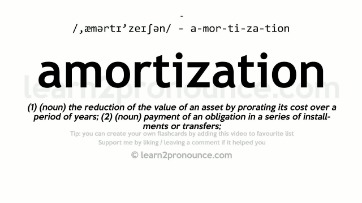Content

Should you elect to https://personal-accounting.org/ the policy for any reason during the “free to look” period, the insurance company must refund any premium you paid. Depending on the contract, other events such as terminal illness or critical illness can also trigger payment. The policyholder typically pays a premium, either regularly or as one lump sum. Other expenses, such as funeral expenses, can also be included in the benefits. As such, it does not build up any cash value or paid-up value.
How long do you pay life insurance premiums?
A term life insurance policy is the simplest, purest form of life insurance: You pay a premium for a period of time – typically between 10 and 30 years – and if you die during that time a cash benefit is paid to your family (or anyone else you name as your beneficiary).
Others still stop collecting premiums, but keep the policy active until it’s needed. Read this informative article on the differences between whole, universal and term life insurance policies and how some life insurance options can earn cash value. Life insurance and annuities are regulated by state insurance commissioners. The NAIC encourages states to adopt model laws and regulations designed to inform and protect insurance consumers. The NAIC Life Insurance Illustrations Model Regulation (#582) provides rules for life insurance policy illustrations that will protect consumers and foster consumer education. The most common, level term insurance, is characterized by level policy face amounts over the contract term period, usually 10, 20, or 30 years.
Veterans Affairs Life Insurance (VALife)
Money in the cash value account can typically be used to pay premiums after a stipulated amount of time, so if you forget to make a payment, your policy might not lapse if the cash value is utilized. Determining the premiums on life insurance is more complicated than many other types of insurance premiums. This is because there are so many factors that life insurance companies use to make that determination. Health insurers tell you what they will cover, and these amounts are deducted from your medical bills throughout the year. On average, a 35-year-old can expect to pay premiums of $25-30 per month for a typical life insurance policy. But when that coverage is offered through their employer, it’s often free or significantly cheaper.

To What Is A Life Insurance Premium? a single-premium policy, you will need to pay a sum of money in exchange for a death benefit. For instance, you could pay $25,000 for a $50,000 death benefit. Rather, you should view whole life insurance as a safeguard that protects your loved ones from experiencing a financial burden when you pass. The death benefit can help ensure they don’t have to dip into their savings or investments to handle your final arrangements. Neither Protective Life nor its representatives offer legal or tax advice.
How does life insurance work?
Without coverage provided by your employer, it means that the lower the amount of premium you pay, the more medical expenses you will need to pay out of your own pocket. Life insurance premiums are determined by your personal information, including your age, health, and medical record. Factors such as whether or not you smoke or consume alcohol will also determine the amount of premium you will need to pay. Insurance companies must pay the beneficiary within two months of receiving proof of death and verifying the beneficiary.

